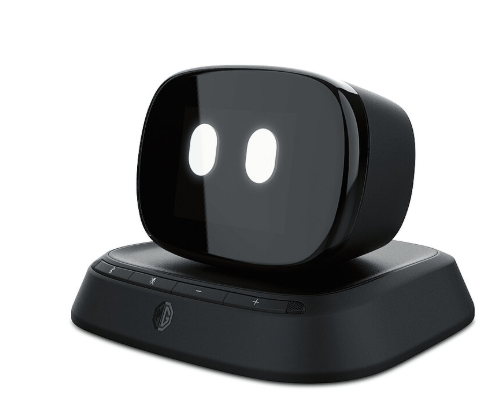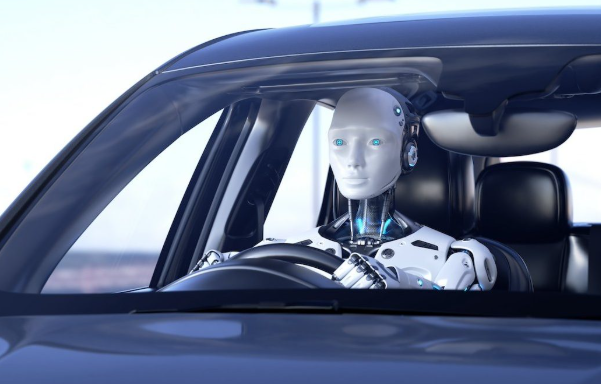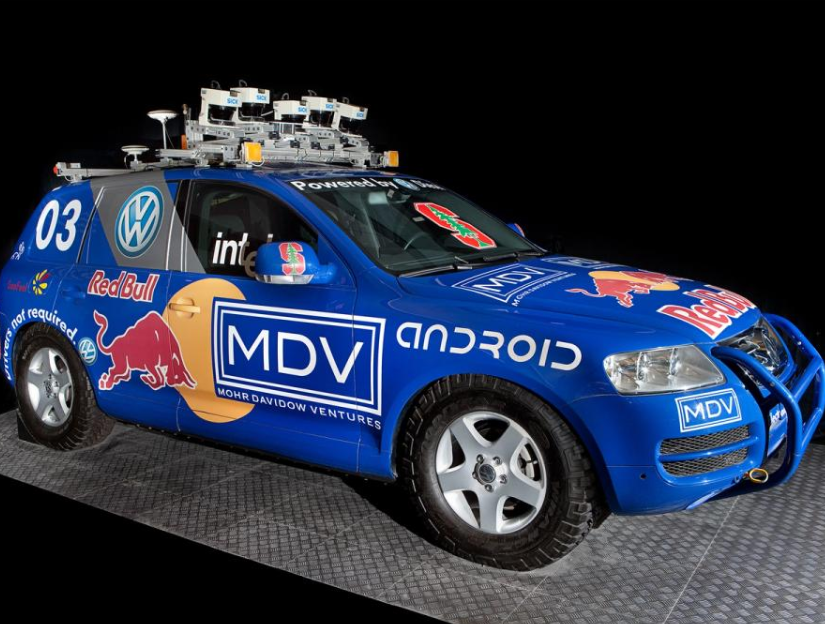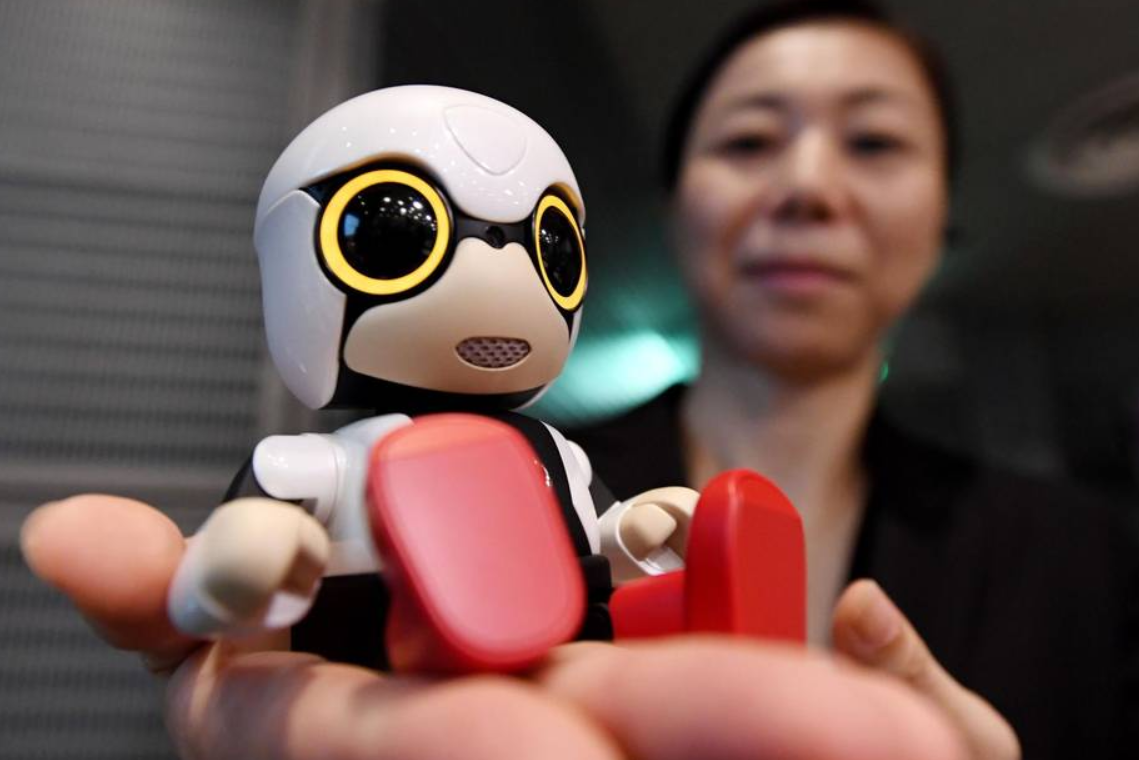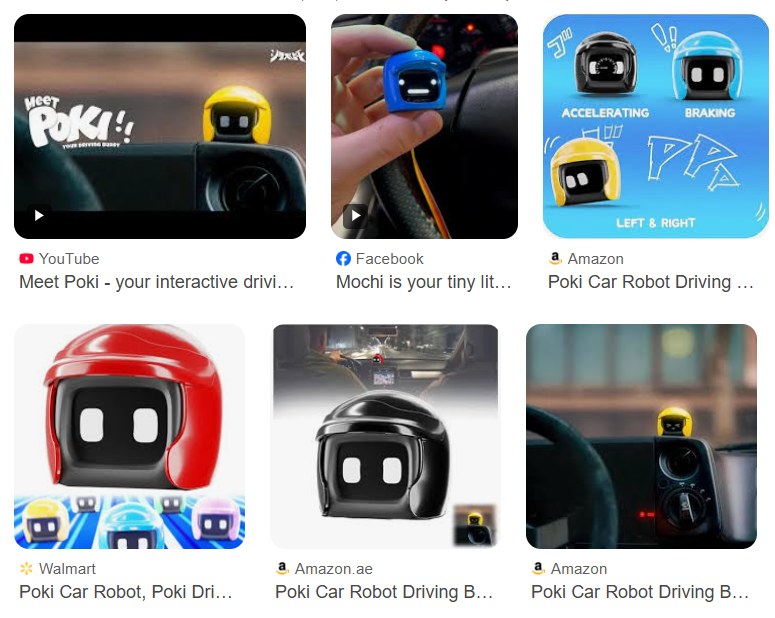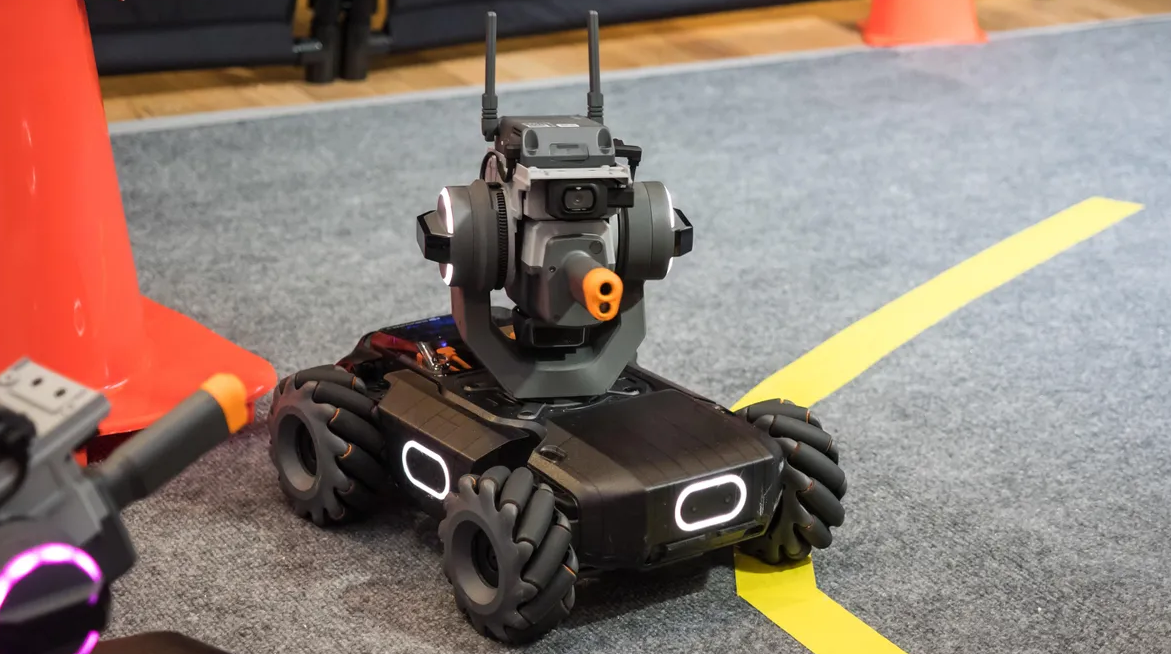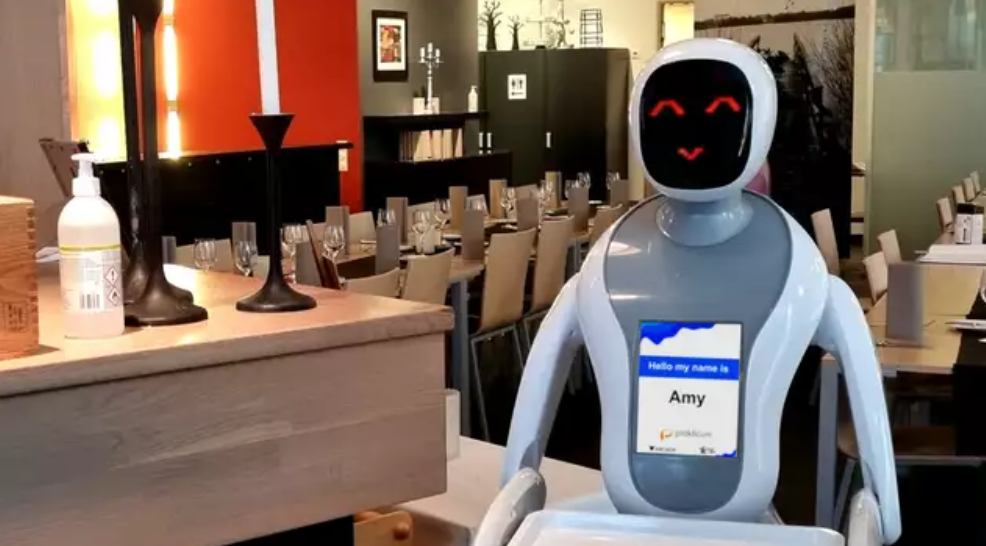Imagine walking into a building and being instantly greeted by a friendly, knowledgeable presence that never has a bad day. This isn't a vision of a distant future; it's the reality delivered by an AI Reception Robot. Far more than a simple automated greeter, these sophisticated machines are redefining the very concept of first impressions, operational efficiency, and customer engagement across a stunning array of industries. This article delves deep into the multifaceted and often surprising applications of this technology, moving beyond the obvious to explore how it is silently revolutionizing sectors from healthcare to corporate security. Prepare to see the humble receptionist's role transformed through the power of artificial intelligence.
What Exactly Is An AI Reception Robot?
Before we explore its vast applications, it's crucial to define our subject. An AI Reception Robot is an autonomous or semi-autonomous machine equipped with artificial intelligence, natural language processing, and often a physical mobile base. Its core function is to interact with visitors, employees, and customers, performing tasks traditionally handled by a human receptionist. However, to label it as a mere "robotic receptionist" is a significant understatement. Its capabilities extend into data analytics, security integration, and providing consistent, multilingual support 24/7, making it a pivotal piece of smart building infrastructure. For a deeper dive into its core functions and benefits, you can read our detailed overview What Is A Reception Robot And Why Your Business Needs One.
The Expansive Application Landscape of AI Reception Robots
The utility of an AI Reception Robot stretches far beyond the corporate lobby. Its adaptable software and hardware allow it to be customized for highly specific environments and challenges.
1. Healthcare and Hospital Deployment
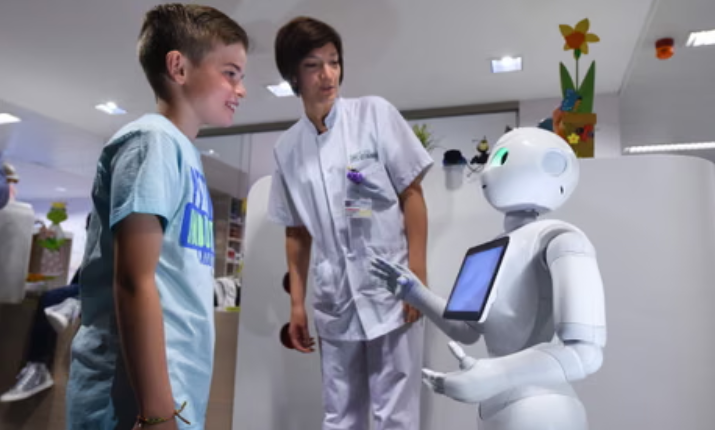
In hospitals and clinics, the AI Reception Robot serves a critical, multi-faceted role. It can greet patients, check them in for appointments, and provide wayfinding instructions to different departments, reducing stress for visitors and freeing up administrative staff for more complex tasks. During high-pressure situations, it can deliver consistent, calm directions. Furthermore, some advanced models are being integrated with basic triage software, asking patients about their symptoms to help prioritize care needs before they even see a nurse.
2. The Corporate Smart Office

In modern office buildings, the AI Reception Robot is the physical interface for a smart building ecosystem. It can authenticate employees using facial recognition or badge scanning, manage visitor check-ins by verifying identities and issuing temporary credentials, and even escort guests to a specific meeting room. This seamless integration enhances security by logging all entries and exits while providing a futuristic, efficient experience that impresses clients and partners.
3. Hospitality and Hotel Concierge
The hospitality industry has warmly embraced the AI Reception Robot. In hotels, these robots can handle check-ins and check-outs, answer countless common questions about hotel amenities, operating hours, and local attractions in multiple languages, and even act as a delivery platform for room service items or extra towels. This provides a novel experience for guests and allows human staff to focus on delivering personalized, high-touch service where it matters most.
4. Retail and Customer Engagement

In large retail spaces or shopping malls, an AI Reception Robot transforms from a receptionist into an interactive guide and sales assistant. It can help customers locate products, provide detailed specifications, check inventory in real-time, and guide them to the correct aisle. By collecting data on common inquiries, it also provides invaluable feedback to store managers about customer needs and pain points, optimizing store layout and staffing.
5. Education and Campus Navigation
University campuses are often confusing labyrinths for new students and visitors. An AI Reception Robot stationed at a main entrance or student union can provide dynamic maps, directions to lecture halls, and information on campus events. It can also answer frequently asked questions about enrollment, financial aid, and deadlines, acting as a first point of contact that is always available, even after administrative offices have closed.
The Tangible Benefits: More Than Just a Novelty
The applications above are impressive, but they are driven by a core set of undeniable benefits that provide a strong return on investment.
Operational Efficiency and Cost Reduction: Automating repetitive tasks like check-ins, Q&A, and basic wayfinding allows human employees to dedicate their time to more complex, value-driven work, optimizing labor costs.
Unmatched Consistency and 24/7 Availability: An AI Reception Robot provides the same high level of service, accurate information, and cheerful demeanor at 3 AM as it does at 3 PM, eliminating fatigue and human error.
Enhanced Data Collection and Security: Every interaction is logged and analyzed, providing insights into visitor patterns, common questions, and peak traffic times. Integrated with security systems, it creates a digital log of all entries and exits.
Multilingual and Inclusive Communication: Instantly breaking down language barriers, these robots can communicate with a global audience seamlessly, making any space more welcoming and inclusive.
Addressing Common Questions: The AI Reception Robot FAQ
Can an AI Reception Robot truly replace a human receptionist?
This is a common misconception. The goal of an AI Reception Robot is not outright replacement but rather augmentation. It handles repetitive, high-volume tasks, allowing human staff to focus on complex problem-solving, emotional intelligence, and providing the personalized touch that technology cannot replicate. It's a collaborative tool that elevates the entire front desk function.
How does an AI Reception Robot handle complex or unexpected questions?
Modern AI Reception Robot systems are powered by sophisticated natural language processing and are often connected to extensive knowledge bases. When faced with a highly complex or unique query it cannot resolve, its standard protocol is to seamlessly escalate the issue to a human colleague via a live call or message, ensuring the visitor always gets the help they need.
What about privacy concerns with facial recognition and data collection?
Reputable AI Reception Robot manufacturers design their systems with privacy-by-design principles. Data collection is transparent, with clear signage informing users. Data is typically anonymized and encrypted, and used strictly for the purposes of improving service and security. Companies deploying this technology must ensure their use complies with local regulations like GDPR or CCPA.
Are these robots safe to operate around people?
Absolutely. Consumer and commercial-grade AI Reception Robot models are built with a suite of sensors, including LiDAR, ultrasonic, and 3D depth cameras, to navigate safely around people and obstacles. They move at cautious speeds and are programmed with collision-avoidance algorithms, making them perfectly safe for dynamic human environments.
The Future is Here: Integrating Your AI Reception Robot
Integrating an AI Reception Robot into your workflow requires careful planning. The process typically involves mapping the deployment area for navigation, customizing the software and knowledge base to your specific needs (e.g., inputting floor plans, FAQs, employee directories), and integrating it with existing systems like access control calendars. Training staff to work alongside their new digital colleague is the final, crucial step for a seamless transition.
In conclusion, the AI Reception Robot is a transformative technology whose applications are limited only by imagination. It is a powerful tool for enhancing efficiency, security, and customer experience across a diverse range of sectors. By automating the mundane, it empowers humans to achieve more, redefining first impressions and operational excellence in the modern world.

